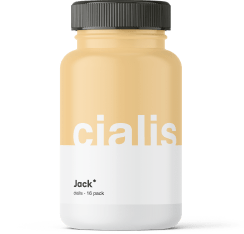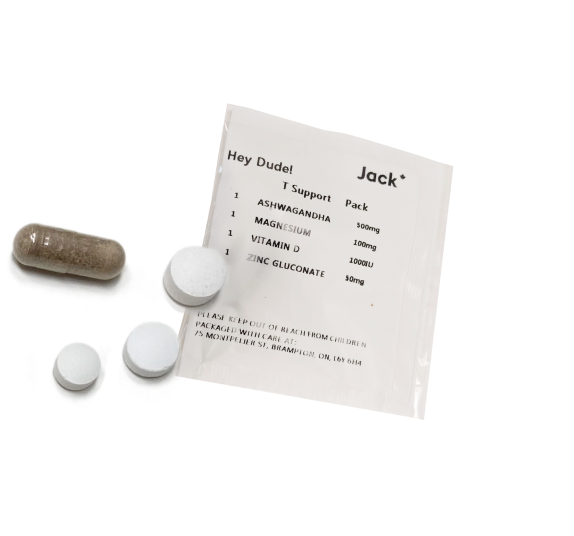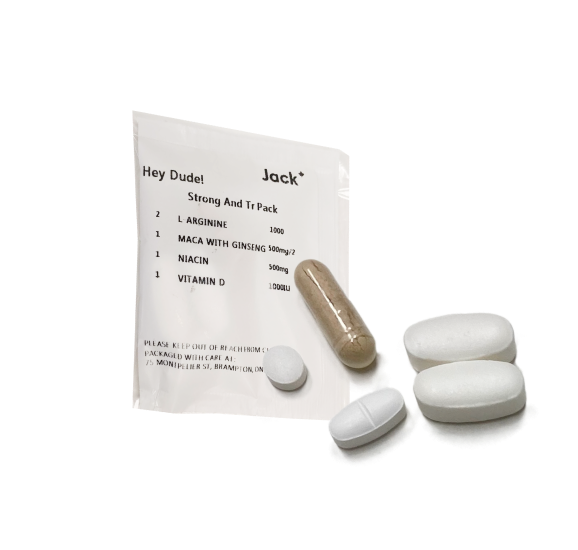The choice between Trulicity and Ozempic is a critical decision for both patients and healthcare providers. Both medications, Trulicity (dulaglutide) and Ozempic (semaglutide), are injectable GLP-1 receptor agonists. However, their differences in active ingredients, dosing schedules, and secondary effects, raise questions about their relative effectiveness. This comprehensive comparison delves into the nuances of Trulicity and Ozempic, exploring how they work, their side effects and considerations for switching between them.
By examining their mechanisms of action, efficacy we aim to provide a clear understanding of which medication might be more suitable for individual treatment goals. Understanding these aspects is essential for achieving optimal health outcomes
What is Trulicity?
Trulicity is an injectable prescription medicine designed for adults and children 10 years and older with type 2 diabetes. It is used alongside diet and exercise to improve blood sugar levels.
Trulicity, also known by its generic name dulaglutide, is notable for its ability to help most users reach an A1C under 7%. It is administered once weekly and has been proven to lower blood sugar from the first dose. While it is not primarily a weight loss drug, people on the 4.5 mg dose have lost an average of 10 lbs.
Trulicity works by limiting sugar released from the liver, slowing food leaving the stomach and helping the pancreas release insulin in response to high blood sugar levels after eating. It is designed to fit into busy lifestyles with its easy-to-use pen, which can be taken at any time of day, with or without food.
Trulicity is also used to reduce the risk of major cardiovascular events in adults with type 2 diabetes who have heart disease or multiple cardiovascular risk factors.
How Does Trulicity Work?
Trulicity mimics the effects of the GLP-1 hormone, which is naturally produced in the body. This hormone is essential in controlling blood sugar levels. By activating GLP-1 receptors in the pancreas, Trulicity stimulates the release of insulin when blood sugar levels are high. It also reduces the amount of glucose the liver releases and slows down stomach emptying, which helps manage appetite and potentially aids in weight loss.
For those interested in a more detailed exploration of Trulicity, including its benefits and usage tips, our comprehensive Trulicity guide offers valuable insights and practical advice for patients and caregivers.
What is Ozempic?
Ozempic, known generically as semaglutide, is an FDA-approved medication for use in adults It is a weekly injection that helps lower blood sugar by aiding the pancreas in making more insulin. Although not officially approved for weight loss, some physicians prescribe Ozempic for this purpose.
Ozempic works by mimicking a naturally occurring hormone, increasing satiety signals to the brain and slowing digestion, thus extending the time it takes for food to leave the body. While weight loss is a common side effect when treating diabetes with Ozempic, it is primarily designed for long-term diabetes management rather than as a weight loss solution.
To gain a deeper understanding of Ozempic and how it can be effectively incorporated into your management plan, visit our detailed page on Ozempic usage, which provides essential information on dosing, administration, and more.
How Does Ozempic Work?
Ozempic works similarly to Trulicity by stimulating the GLP-1 receptors. The medication also slows gastric emptying, which helps control appetite and can lead to weight loss. Its effects on blood sugar control and cardiovascular risk reduction make it a valuable treatment option for individuals with type 2 diabetes.
Trulicity vs. Ozempic: What are the Differences?
The main difference between Trulicity and Ozempic lies in their active ingredients and their dosing schedules. Trulicity contains dulaglutide, while Ozempic contains semaglutide. Although both medications are GLP-1 receptor agonists, they differ in their chemical structure and duration of action.
Ozempic typically has a longer action duration, allowing for less frequent dosing compared to Trulicity. This difference in dosing can be significant for patients looking for convenience in their diabetes treatment regimen.
Trulicity vs. Ozempic Side Effects
Both Trulicity and Ozempic are associated with gastrointestinal side effects, such as nausea, vomiting, diarrhea, and decreased appetite. These side effects are relatively common due to the medications’ effects on stomach emptying and appetite regulation.
However, each medication may have unique side effects based on individual patient responses and the specific composition of the drug. It is important for patients to discuss potential side effects with their healthcare provider and monitor their reactions to the medication.
Switching between Trulicity and Ozempic
For individuals finding the right medication is crucial for overall health. Trulicity and Ozempic, both popular GLP-1 receptor agonists, offer different benefits and considerations.
Patients and healthcare providers may contemplate switching between these medications for various reasons, such as differing responses to treatment, Understanding the process, implications, and considerations involved in switching from Trulicity to Ozempic, or vice versa, is essential. This section will explore the key factors to consider, the steps involved in making the transition, and how to effectively manage and monitor the change for optimal health outcomes.
Switching from Trulicity to Ozempic
Patients may consider switching from Trulicity to Ozempic for various reasons, such as efficacy, side effects, or dosing convenience. Healthcare providers can provide guidance on the appropriate dosing schedule and monitor for any adverse reactions during the transition.
Switching from Ozempic to Trulicity
Similarly, switching from Ozempic to Trulicity requires careful consideration of potential side effects. The dosing of Trulicity may need to be adjusted based on the patient’s response to Ozempic and their overall management plan. During this transition, close monitoring and regular follow-ups with a healthcare provider are essential.
Trulicity vs. Ozempic: What are the Differences?
The main differences between Trulicity and Ozempic s lie in their active ingredients, dosing regimens, and the way they influence the body. While both medications are GLP-1 receptor agonists they differ in terms of their chemical composition and the extent of their impact.
Ozempic, containing semaglutide, has shown more pronounced results compared to Trulicity, which contains dulaglutide. This section will explore these key distinctions, offering insights into how each medication works in the body, their respective efficacy and the clinical evidence that supports their use for this purpose.
Understanding these differences is crucial for patients and healthcare providers in making informed decisions regarding the most appropriate treatment for management and weight loss goals.
Differences in Approved Use
While both Trulicity and Ozempic are approved for treating type 2 diabetes, Ozempic has gained more attention for its effectiveness in weight loss. This is due to the higher doses of semaglutide used in Ozempic, which have been shown to have a more significant impact on weight reduction than the doses of dulaglutide in Trulicity.
Effectiveness in Weight Loss
Studies have shown that Ozempic, at higher doses, can lead to greater weight loss compared to Trulicity. This is attributed to the stronger appetite-suppressing effects of semaglutide. However, the choice between the two medications should be based on individual patient needs, overall health, and the advice of a healthcare provider.
Approval for Weight Loss
While Ozempic is often highlighted for its weight loss benefits, it is important to note that the primary purpose of both medications is to manage blood sugar levels in diabetes. Any weight loss benefits should be considered secondary to their primary use in diabetes treatment.
Dosage and Administration
Trulicity and Ozempic dosing schedules differ, with Ozempic generally requiring less frequent administration. This can be a deciding factor for patients who prefer a more convenient dosing regimen. Healthcare providers can recommend the appropriate dosing for each medication based on the patient’s medical history and treatment goals.
The main differences between Trulicity and Ozempic s lie in their active ingredients, dosing regimens, and the way they influence the body. While both medications are GLP-1 receptor agonists they differ in terms of their chemical composition and the extent of their impact.
Ozempic, containing semaglutide, has shown more pronounced results compared to Trulicity, which contains dulaglutide. This section will explore these key distinctions, offering insights into how each medication works in the body, their respective efficacy and the clinical evidence that supports their use for this purpose.
Understanding these differences is crucial for patients and healthcare providers in making informed decisions regarding the most appropriate treatment for management and weight loss goals.
Differences in Approved Use
While both Trulicity and Ozempic are approved for treating type 2 diabetes, Ozempic has gained more attention for its effectiveness in weight loss. This is due to the higher doses of semaglutide used in Ozempic, which have been shown to have a more significant impact on weight reduction than the doses of dulaglutide in Trulicity.
Effectiveness in Weight Loss
Studies have shown that Ozempic, at higher doses, can lead to greater weight loss compared to Trulicity. This is attributed to the stronger appetite-suppressing effects of semaglutide. However, the choice between the two medications should be based on individual patient needs, overall health, and the advice of a healthcare provider.
Approval for Weight Loss
While Ozempic is often highlighted for its weight loss benefits, it is important to note that the primary purpose of both medications is to manage blood sugar levels in diabetes. Any weight loss benefits should be considered secondary to their primary use in diabetes treatment.
Dosage and Administration
Trulicity and Ozempic dosing schedules differ, with Ozempic generally requiring less frequent administration. This can be a deciding factor for patients who prefer a more convenient dosing regimen. Healthcare providers can recommend the appropriate dosing for each medication based on the patient’s medical history and treatment goals.
Cost Comparison: Trulicity vs. Ozempic
The cost of Trulicity and Ozempic can vary depending on factors such as insurance coverage, pharmacy pricing, and available discounts or assistance programs. Patients should consider the cost implications of each medication and discuss with their healthcare provider and insurance company to understand their options and potential out-of-pocket expenses.
What is More Effective: Ozempic or Trulicity?
Determining which medication is more effective depends on individual patient factors, such as response to the medication, side effects, and overall management goals. Both Trulicity and Ozempic are effective but Ozempic may offer additional benefits. Healthcare providers can evaluate patients’ needs and recommend the most suitable medication.
If you’re considering alternatives to Trulicity, our article on Trulicity alternatives offers a range of options and insights to help you make an informed decision about your treatment.
Key Takeaways
- Trulicity and Ozempic are both GLP-1 receptor agonists
- Ozempic has gained attention for its effectiveness while Trulicity is also effective
- Side effects, dosing schedules, and cost are important factors to consider when choosing between Trulicity and Ozempic.
- Healthcare providers can provide guidance on the best treatment option based on individual patient needs and goals.
Frequently Asked Questions
Is Trulicity a Semaglutide?
No, Trulicity is not a semaglutide. Trulicity contains dulaglutide, while Ozempic contains semaglutide. Both are GLP-1 receptor agonists but have different active ingredients.
Is Ozempic the Same As Trulicity?
Ozempic and Trulicity are similar because they are both GLP-1 receptor agonists. However, they contain different active ingredients (semaglutide in Ozempic and dulaglutide in Trulicity) and may have different dosing schedules and side effect profiles.
Can You Take Ozempic and Trulicity Together?
It is not recommended to take Ozempic and Trulicity together. Combining two GLP-1 receptor agonists can increase the risk of side effects and is not a standard practice. Patients should follow their healthcare provider’s recommendations for medication management.
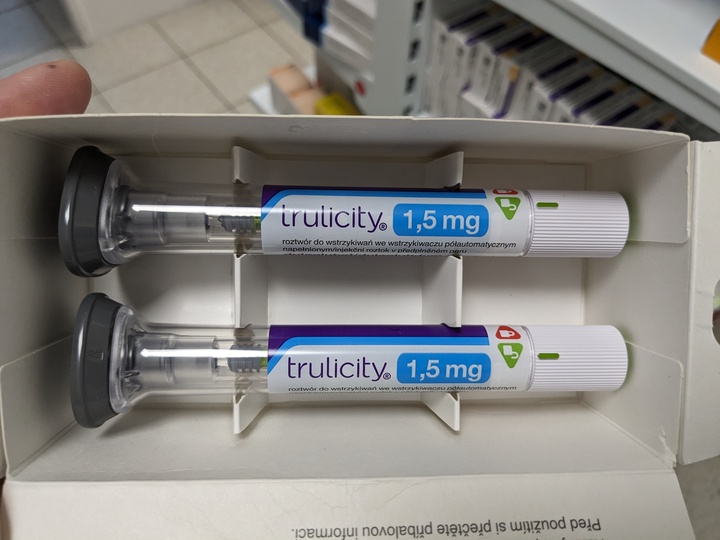




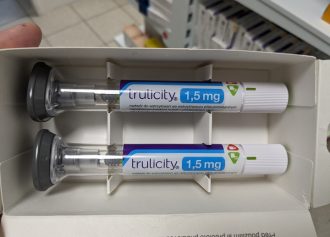






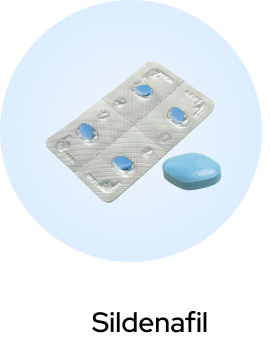
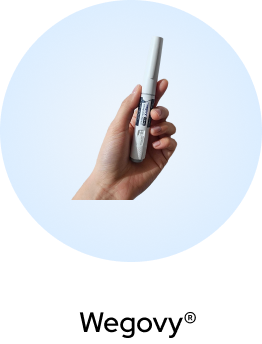



 (US)
(US)